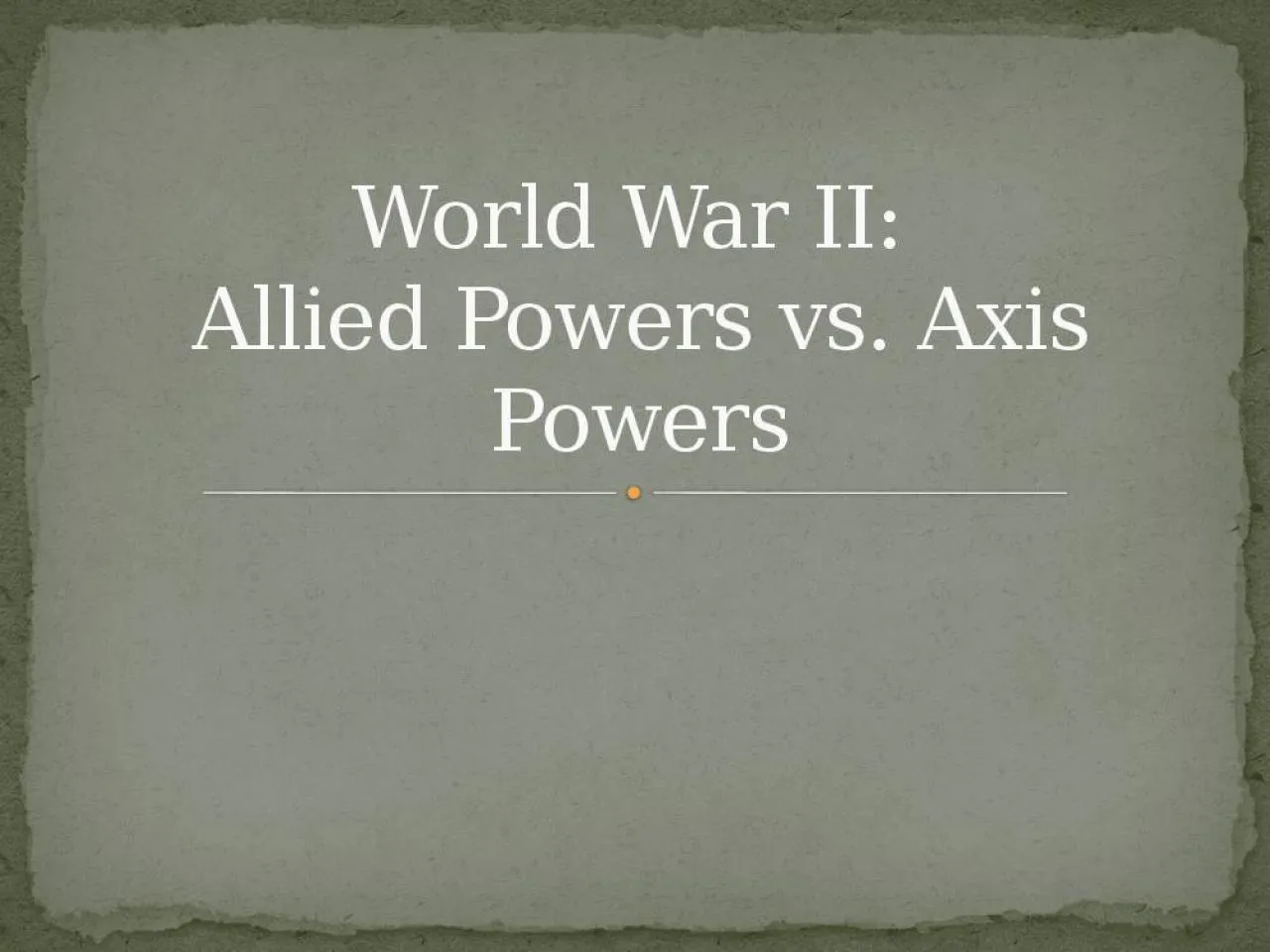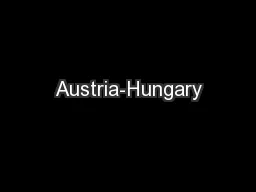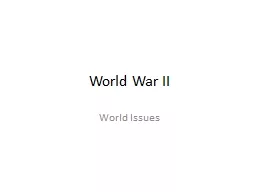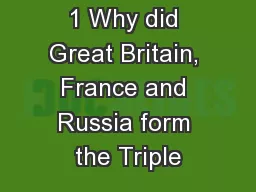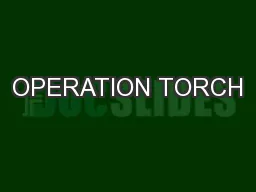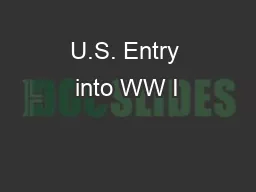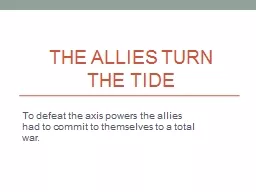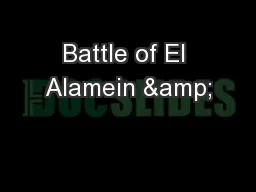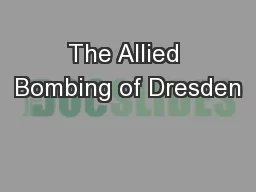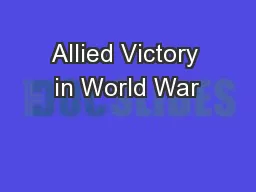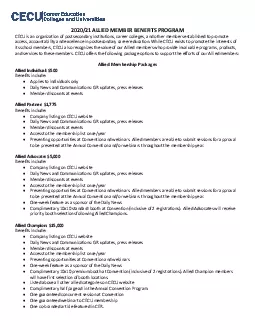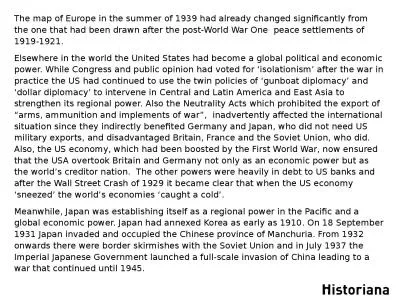PPT-World War II: Allied Powers vs. Axis Powers
Author : bery | Published Date : 2022-02-24
Admiral Chester Nimitz Commander of US Pacific Fleet Plans to use surviving aircraft carriers against Japan Cannot mobilize fast enough to stop Japan from taking
Presentation Embed Code
Download Presentation
Download Presentation The PPT/PDF document "World War II: Allied Powers vs. Axis Po..." is the property of its rightful owner. Permission is granted to download and print the materials on this website for personal, non-commercial use only, and to display it on your personal computer provided you do not modify the materials and that you retain all copyright notices contained in the materials. By downloading content from our website, you accept the terms of this agreement.
World War II: Allied Powers vs. Axis Powers: Transcript
Download Rules Of Document
"World War II: Allied Powers vs. Axis Powers"The content belongs to its owner. You may download and print it for personal use, without modification, and keep all copyright notices. By downloading, you agree to these terms.
Related Documents

